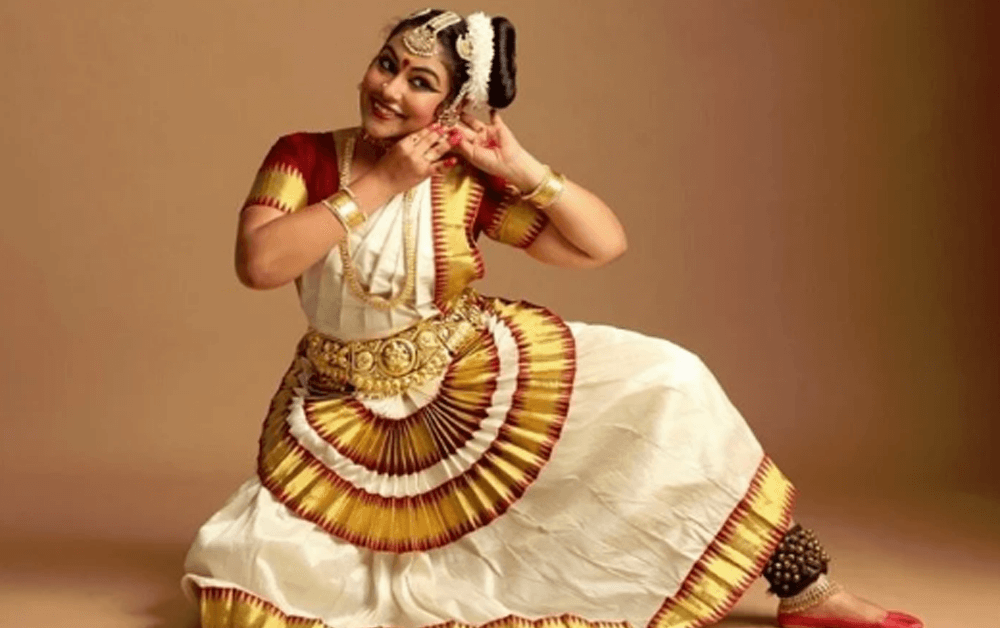Mohiniyattam

In India, Odissi identifies as a traditional dance form that originated in the state of Odisha. Odissi is alternatively known as Orissi. The major theme that includes in Odissi is a religious story mainly related to Lord Krishna. Odissi consists of Four kinds such as Dhruvapada, Chitrapada, Chitrakala and Panchal. Before Independence Odissi dance was not in a good state compared to today. But later some people such as Guru Deba Prasad Das, Guru Mayadhur Raut, Guru Pankaj Charan Das, Guru Mahadev Rout, Guru Raghu Dutta and Guru Kelu Charan Mahapatra were the most eminent persons who were responsible for the reconstruction and popularisation of Odissi. Mainly Odissi has been divided into five sections. Mangalacharana is the first section that describes dancers' submission to all their spiritual feelings into the Lord through dance. Batu is the second phase and the purest form of dance-related to Lord Shiva. Through the body and foot movements, a dancer creates the beauty of this dance. Pallavi is the third phase or section. Through eye movements, expressions and footwork, a dancer develops raga. The fourth section Abhinaya describes the importance of expressions while dancing. Through body language and facial expressions, dancers convey the meaning of the story by using many Bhavas. Moksha is the last phase where the dancers connect their soul with the Lord to get ultimate pleasure. According to the archaeological evidence, Odissi is considered as the oldest dance form. The main distinctive feature of Odissi is various body positions or Bhangas that involve punching of the foot. The general Bhangas are classified into four types such as Bhanga, Abanga, Atibhanga and Tribhanga. Tribhanga divides the body into three parts such as head, bust and torso. While at the time of writing Natya Shastra, Bharata Muni describes four types of Pravritti or local usages such as Avanti, Dakshinatya, Panchayati and Odra Magadhi in this sacred text. In that, Odra Magadhi is considered as the ancient literary reference to Odissi. Based on the music, costume, jewellery and style, Odissi is different from other Indian dance forms. Dancers will get an elegant look with their colourful costumes. Mostly, Odissi dancers choose bright colour sarees to perform this dance form on stage. Yet these sarees have embroidery works and traditional borders. SambalPuri saree or Bomkai saree are the most general types of sarees used as the costume for Odissi. Pakhawaj or Mandal is the main instrument used to perform Odissi. Other instruments such as Bansuri, Manjura, Sitar and Tanpura are also used. Unlike other Indian dances, Odissi uses silver jewellery ornaments to decorate the head, neck, ear, ankles and waist.
Get weekly updates on the newest articles, quotes and newsletters right in your mailbox. Subscribe now
